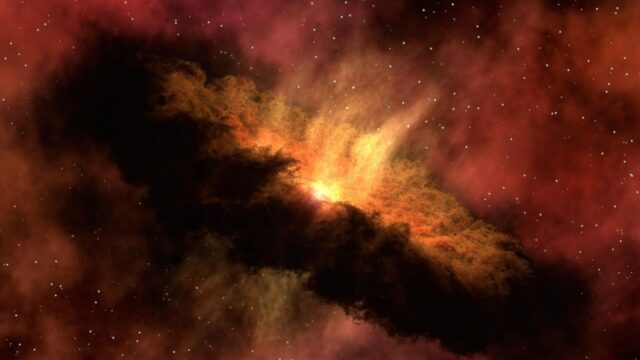An international team of astronomers has studied the merger of a nearby galaxy cluster, offering new insights into the processes of galactic collisions. Observations of CIZA J0107.7+5408, a post-core binary cluster merger, were carried out using the Very Massive Array (VLA). These findings have shed light on the intricate dynamics of merging galaxy clusters, which are key to understanding phenomena such as the acceleration of cosmic rays, the properties of dark matter, and the behavior of matter under extreme conditions.
Complex dynamics of CIZA J0107.7+5408
According According to the study published on the arXiv preprint server, CIZA J0107.7+5408 (CIZA0107) is located at a redshift of about 0.1 and consists of two subclusters with optical density peaks offset from their emission peaks. Led by Emma Schwartzmann of the US Naval Research Laboratory, the research aimed to image the diffuse radio emission in this system, limit its integrated spectrum and analyze the distribution of the spectral index.
The team used observations between 240 and 470 MHz and 2.0 to 4.0 GHz. The analysis confirmed the disturbed nature of the group, which has a fusion axis in a northeast-southwest direction. Diffuse radio emission spanning approximately 1.6 million light years was detected in each subcluster. Additionally, regions of extremely pronounced spectral emission were identified to the northwest and southeast of the southwest subcluster radio emission peak.
Spectral and structural findings
The research highlighted that both subgroups exhibit a spectral index of around -1.3. Extremely steep spectral slopes of approximately -2.2 and -2.9 were recorded in the northwest and southeast regions, respectively. A sharp radio edge associated with the southwest subcluster was observed at 340 MHz, but was absent at 3.0 GHz, where the emission extended beyond the X-ray shock front.
The study suggested that CIZA0107 may host a double halo structure or that the observed emission originates from projected relics in the central regions of the cluster. These findings improve understanding of galaxy cluster mergers and their role in cosmic evolution.




